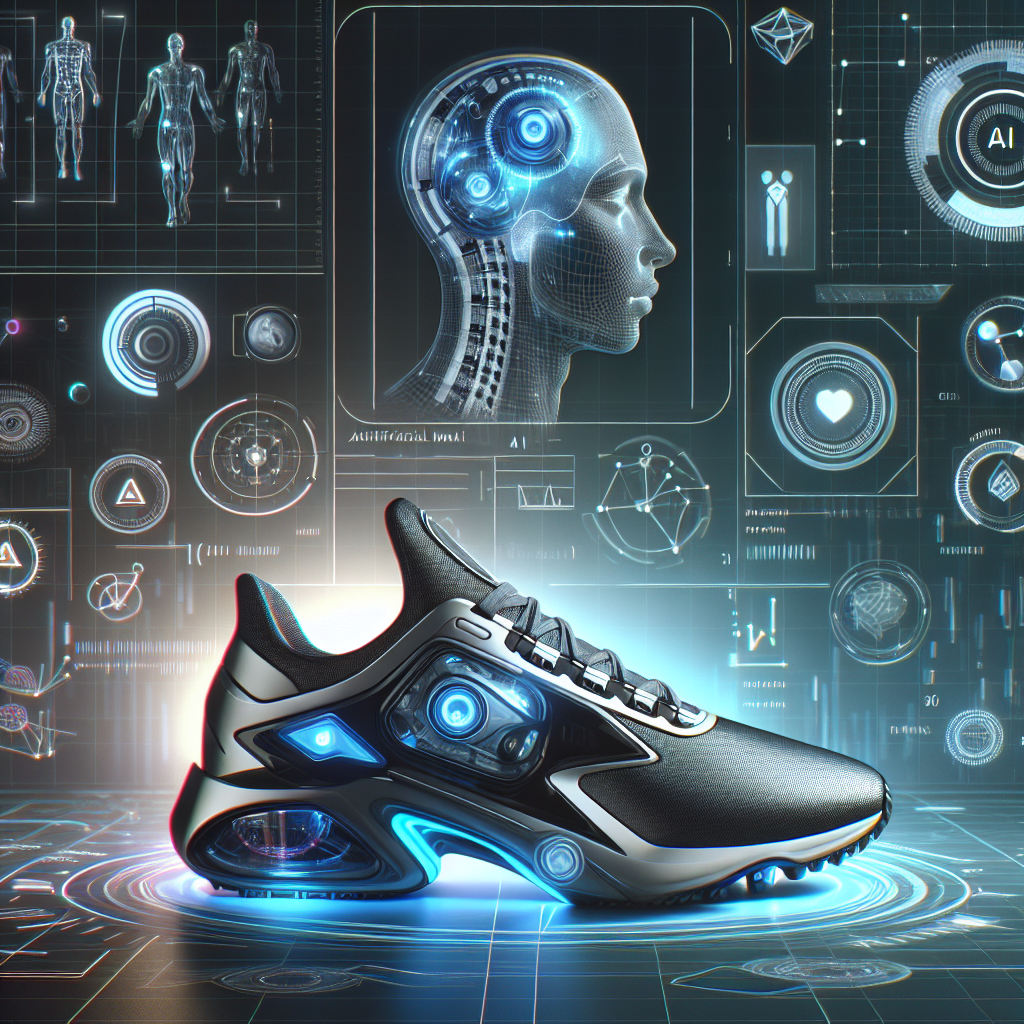The Future of AI-Powered Sports Equipment
In recent years, artificial intelligence (AI) has made significant advancements across various industries, including sports equipment. AI-powered sports equipment is revolutionizing the way athletes train, perform, and compete. From smart basketballs that track shooting accuracy to smart helmets that detect concussions, the possibilities for AI in sports equipment are endless. In this article, we will explore the future of AI-powered sports equipment and its potential impact on athletes, coaches, and sports fans.
Enhanced Performance and Training
One of the key benefits of AI-powered sports equipment is its ability to enhance an athlete’s performance and training regimen. For example, smart tennis rackets can analyze a player’s swing and provide real-time feedback on their technique. This allows athletes to make adjustments and improve their game more quickly than traditional coaching methods. Similarly, smart football helmets can monitor a player’s head impact exposure during practice and games, helping to reduce the risk of concussions and other head injuries.
AI-powered sports equipment can also help athletes track their progress and set goals for improvement. For instance, smart running shoes can analyze a runner’s gait and stride length, providing personalized insights on how to optimize their performance. This data can be synced to a mobile app or dashboard, allowing athletes to monitor their progress over time and adjust their training accordingly.
In addition to performance enhancement, AI-powered sports equipment can also be used for injury prevention and rehabilitation. Smart compression sleeves, for example, can monitor muscle fatigue and alert athletes when they are at risk of overtraining. Similarly, smart braces and supports can provide targeted support and feedback to athletes recovering from injuries, helping them regain strength and mobility more quickly.
The Future of AI in Sports
As AI technology continues to advance, the possibilities for AI-powered sports equipment are only expected to grow. In the near future, we can expect to see even more sophisticated devices that can analyze a wider range of performance metrics and provide more personalized feedback to athletes. For example, AI-powered golf clubs could analyze a player’s swing, stance, and grip, providing detailed insights on how to improve their accuracy and distance.
Additionally, AI-powered sports equipment is likely to become more integrated with other technologies, such as virtual reality (VR) and augmented reality (AR). This could allow athletes to simulate game scenarios and practice in virtual environments, enhancing their decision-making skills and situational awareness. For example, a basketball player could use a VR headset to practice shooting free throws in a simulated game setting, improving their performance under pressure.
Furthermore, AI-powered sports equipment is expected to become more accessible and affordable for athletes of all levels. As the technology becomes more mainstream, we can expect to see a wider range of products on the market, catering to different sports and skill levels. This could democratize access to advanced training tools and help athletes at all levels reach their full potential.
FAQs
Q: How does AI-powered sports equipment work?
A: AI-powered sports equipment uses sensors, cameras, and other data collection tools to gather information about an athlete’s performance. This data is then analyzed by AI algorithms to provide real-time feedback and insights on how to improve. For example, a smart basketball can track shooting accuracy, arc, and spin rate, providing feedback on a player’s technique.
Q: Is AI-powered sports equipment only for professional athletes?
A: No, AI-powered sports equipment is designed for athletes of all levels, from beginners to professionals. The technology can be tailored to individual skill levels and goals, providing personalized feedback and guidance for improvement.
Q: How accurate is AI-powered sports equipment?
A: The accuracy of AI-powered sports equipment depends on the quality of the sensors and algorithms used. In general, the technology is highly accurate and can provide valuable insights into an athlete’s performance. However, like any technology, there may be limitations and occasional errors in the data collected.
Q: What are the potential risks of using AI-powered sports equipment?
A: While AI-powered sports equipment offers many benefits, there are potential risks to consider, such as data privacy and security concerns. Athletes should be aware of how their data is being collected, stored, and used by manufacturers and third parties. Additionally, there may be limitations to the technology’s accuracy and reliability, so athletes should use AI-powered sports equipment as a complement to traditional coaching and training methods.
In conclusion, the future of AI-powered sports equipment is bright, with endless possibilities for enhancing athlete performance, training, and safety. As the technology continues to advance, we can expect to see even more sophisticated devices that provide personalized feedback and insights to athletes of all levels. With the potential to revolutionize the world of sports, AI-powered sports equipment is poised to reshape the way athletes train, compete, and succeed.

